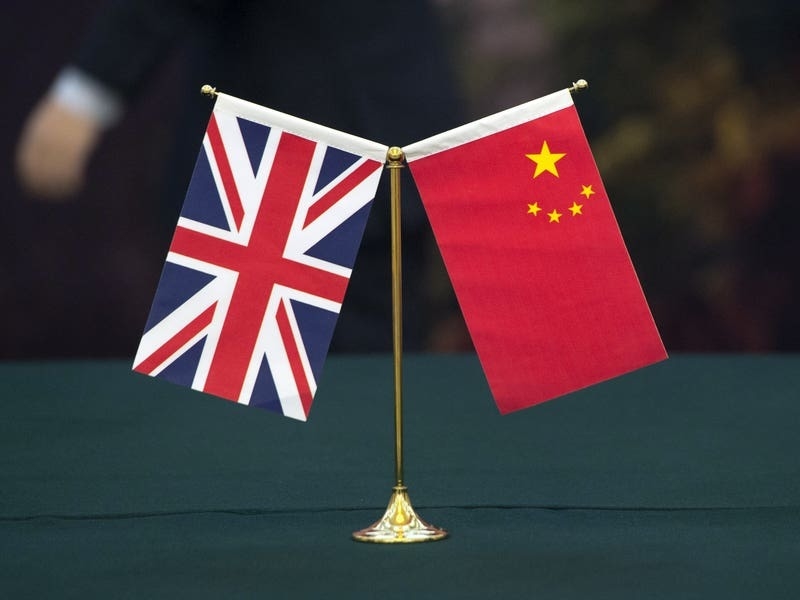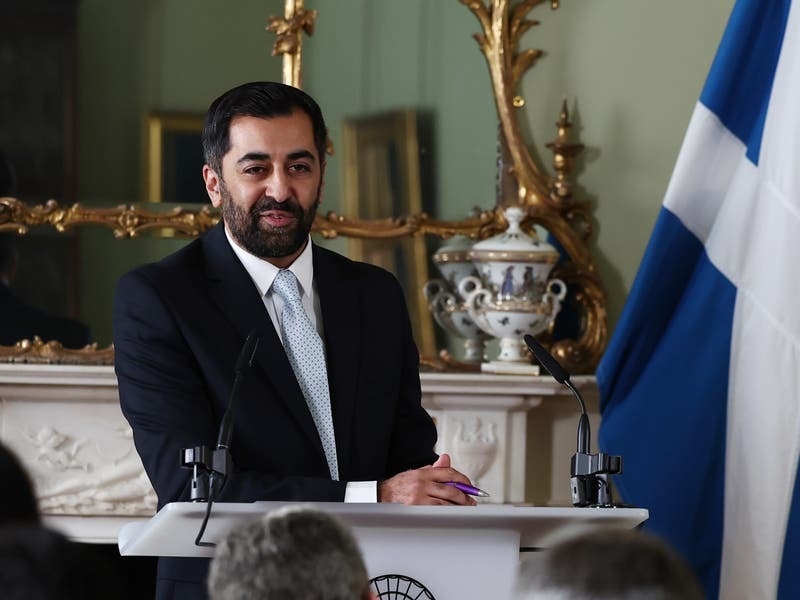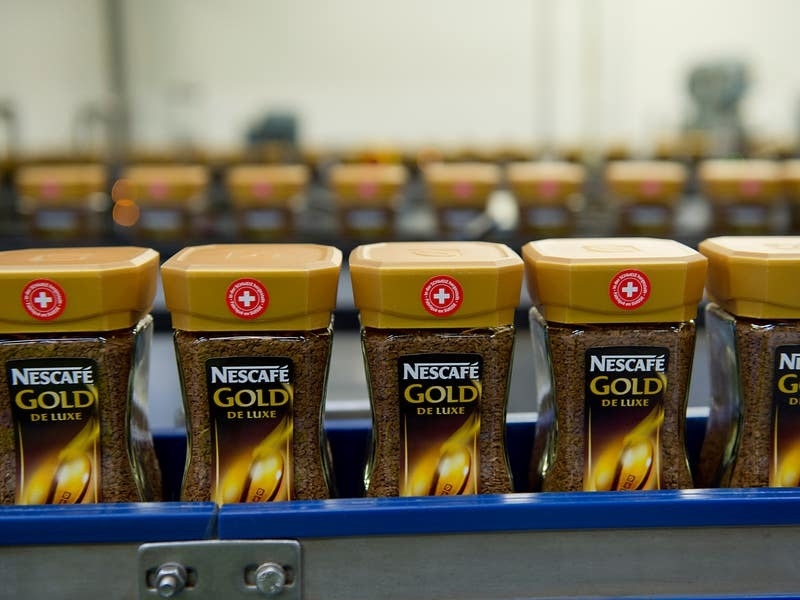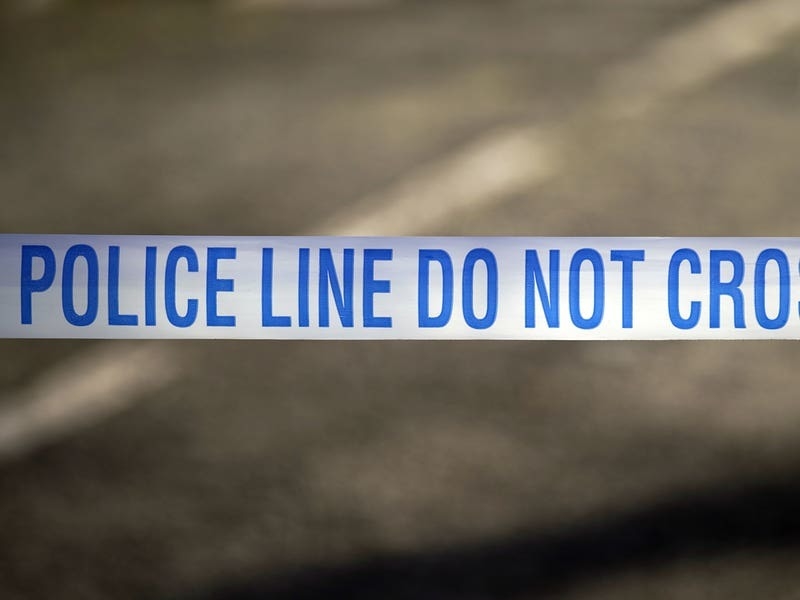INSTINCTIVELY you sense that Andrew Le Gallais does not have much truck with acronyms or trendy management speak – the chairman of the Jersey Milk Marketing Board is the type to roll up his sleeves and get on with it.
But he is enthusiastic about something called DEEP –¬ a dairy environmental enhancement plan – that has been developing over the past 12 months. It defines the industry’s role in the wider effort to move towards carbon neutrality and promote sustainability.
‘Because there are so many opportunities to improve the environment in which we farm, we felt that rather than a scatter-gun approach, doing one thing one day and something else the next, we would rather have a plan to co-ordinate our efforts under three headings – greenhouse-gas emissions, understanding carbon sequestration and improving biodiversity,’ Mr Le Gallais explained.
These three headings – what Mr Le Gallais calls the plan’s ‘three enmeshed coat-hangers’ – are driving a range of initiatives and research to monitor progress across the 13 dairy farms that comprise the farmer-owned co-operative Jersey Dairy. But why is it so important now?
‘We’ve always known that brown cows in a green field had a visual importance and relevance in terms of Jersey’s identity but this whole theme of carbon neutrality and improving the environment has been going on in farming for a very long time and gaining pace. As a dairy industry, we don’t want to be left behind.
‘When we started to look at this and ask what we were doing other than brown cows in green fields – which is what we traded on for quite a long time – there were some really interesting things we could get our teeth into,’ he said.
The LEAF marque accreditation which the dairy applies to its milk cartons – the first dairy in the world to achieve the gold standard for sustainable farming – testifies to excellence in soil and water management, energy efficiency, high animal welfare and nature conservation. It has given impetus to further developments in integrated farm management.
To reduce greenhouse-gas emissions, they have prioritised the 34 recommendations of an expert report which analyses how working practices can impact on emissions. For those who think there is nothing more to be said other than that cows produce methane, there is plenty to learn.
To reduce nitrous oxide created when a cow’s waste products are combined, a number of farms are now using robotic slurry collectors. The kit, which costs in the region of £30,000, performs its automated routine eight times a day and the collected slurry is then stored in covered tanks. For its dispersal on land, special nozzles are used to direct the slurry and avoid the spread of droplets that create emissions and smells.
In relation to the methane produced by cows, the increasing sophistication of genetics applied to cattle breeding means that the digestion and metabolism of herds can be improved, with the result that more milk is produced from less feed, reducing methane in the process. With planned management, it explains why the herds in the Island have reduced from 21 to 13 over the past five years, with the number of cows down 30%, while production has increased by more than 30% per cow. A programme, led by an expert from the UK, to monitor methane emissions is about to begin.
To explore the industry’s potential in carbon sequestration, the rebalancing act on which the carbon-neutral target is predicated, the board has been working with the Environment Department to sample the soil of 140 different fields – not simply the most fertile land used to grow forage but also permanent grassland and meadows.
‘We need to understand the form of husbandry that we’ve got – the slurry and manure we put on them – and try to relate that back to the level of soil organic matter. Once we’ve done that, we’ll be looking for guidance as to how that relates to carbon sequestration. There’s a link but we need to understand how it works and how we can improve it,’ Mr Le Gallais said.
‘We are completely focused on what we can do on our 8,000 vergées – just over 20% of farmland in the Island. The agricultural industry will lead the way on this. We’ve got currently the largest photovoltaic array on the roof at the second-largest dairy at Woodside Farm and we’ve got technology behind soil-sampling and the greater rotation of crops.
‘The integration between dairy farmers and potato growers will produce improvements to soil. It’s not just about taking over land for six months after the potato crop, we’re now starting to exchange land over a three-year period, so it comes out of potatoes for three years and then goes into grass and clover and manure. You can make a big difference in three years.’
The third pillar of DEEP, relating to biodiversity, is being led by Piers Sangan with whom the board has a contract to advise dairy farmers on improvements required under the LEAF marque accreditation.
‘Piers is building up information, mapping farms on an Island-wide basis. The whole thing is joined up with biodiversity corridors and we’re incredibly competitive. Each dairy farm now will enthuse with you about biodiversity which we are actively improving on.
‘It’s great – we’re just restarting our school visit programme. When we advertised it, we were full up with school visits and this is a major part of showing anyone, but especially schoolchildren, not just that this is my best cow which won the show but look at that sparrow and what we’re doing with that hedge over there. It brings a completely different, more enhanced, dimension,’ Mr Le Gallais explained.
That enhanced dimension covers many different species to which farms play host. The challenge is to understand better the part that sympathetic management plays in encouraging, for example, the rare species of bat that inhabits 11 of the 13 farms, to take just one example. The installation of bat boxes and a monitoring device to track bat movements testify to the interest and effort which is currently being put into promoting biodiversity.
Hedgerows and field boundaries are also being surveyed to identify the species they shelter, with a programme of planting to develop those natural habitats. Yet, as Mr Le Gallais explained, this must be done with a mind to the overall enhancement of the natural landscape.
‘We are not of a mind to plant hedgerows wherever there’s a blank hedge. There’s been a bit of willy-nilly planting in some parts of the Island, and planting a hedge for the sake of planting a hedge is not going to resolve things.
‘One of the things we are strong on is that we are very conscious of making sure that we plant them away from the roadside and not along it. People complain a lot that they can’t see our cows, and putting up hedges might not seem much now but if you plant roadside hedges everywhere it won’t look so good – it’s important that we enjoy these vistas,’ he said.
Such thinking recognises the fact that, for centuries, dairy farmers have not just been a mainstay of the economy, they have helped define the Island’s identity through the Jersey cow.
‘It’s something that I feel very passionate about and it’s hugely relevant in connection with Deputy Carolyn Labey’s project on Island Identity. It reminded me that there are three enormously important consultation processes going on in the Island in the spring of 2021 – the citizen’s panel on climate change, the draft bridging Island Plan and now Island Identity. If ever there was a moment when those three needed to be joined together, this is the time to get on and really start to look at what’s good and how to make it better.
‘For us, interpretation and promotion are vital, and getting that message across is desperately important. We sent an objective submission to the climate change assembly, we’re in the middle of compiling a significant response to the draft bridging Island Plan and we’ll certainly be contributing to Island Identity.
‘It was great to see in that [JEP] supplement a lot of cows’ heads appearing. It’s about continually feeding this in to our customers and citizens to tell them what we’re doing in a positive way. We have to get out and promote,’ Mr Le Gallais said.
He is confident himself about the industry’s improved environmental credentials but knows that a positive message will only be conveyed if there is convincing data available to back it up.
‘It’s fine doing all these things and saying look how clever I am with a fancy spout on the back of my slurry truck but it’s only going to be good enough if we can measure the improvement we are making, and understand that improvement rather than saying it’s all terrible, it’s all fragile and it’s all getting worse.’
The mantra that things are inevitably getting worse is one that Mr Le Gallais detects in some quarters and it causes him a degree of frustration that he finds hard to conceal.
‘We need to understand that we live and enjoy and farm in a mighty unique Island. We’re engaging publicly with people to give them the real explanation of how we manage our dairy farms – touch cows and stroke them, see the calves and the feed, smell them, and really understand what we do.
‘We’ve all got something to bring to the table. Let’s channel the positives rather than getting into a blame game which isn’t going to get us anywhere in this island. Time is too valuable to have that level of negative debate. We’ve got to push forward and share what we can all do in the knowledge that it’s working towards these goals which are mighty ambitious.’






